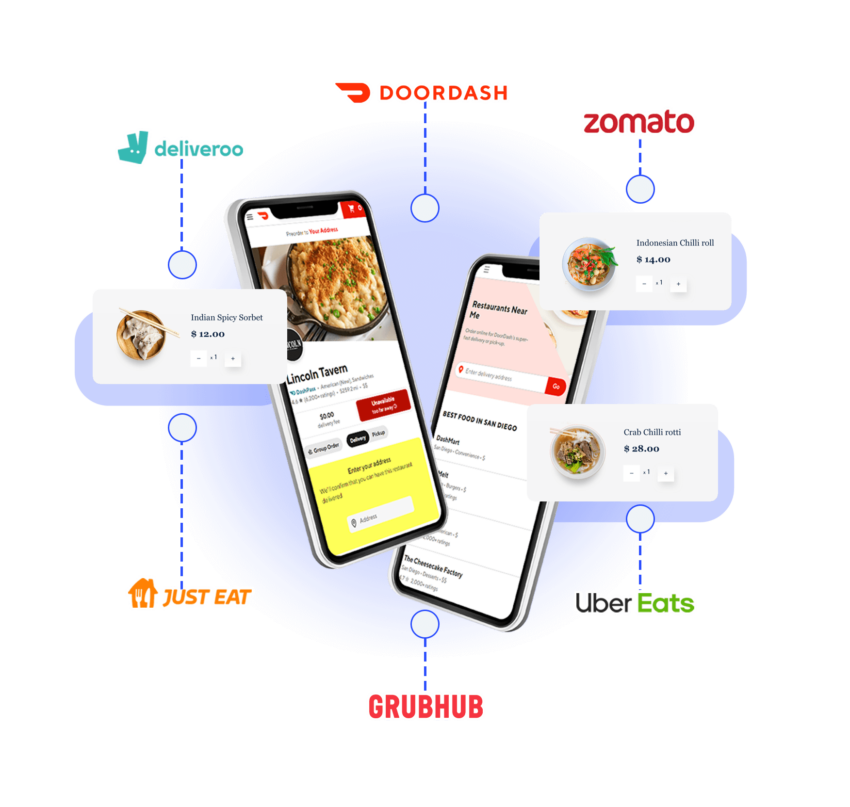In today’s digital age, data is king, and the culinary world is no exception. Food enthusiasts, recipe developers, restaurateurs, and food bloggers are constantly on the lookout for reliable and efficient ways to gather information about ingredients, nutrition, and recipes. Enter the Food Scraping API, a powerful tool that opens the door to a flavorful world of culinary data.
The Essence of Food Scraping APIs
Food Scraping APIs are a specialized form of web scraping, a technique used to extract data from websites. These APIs are designed to harvest culinary information from various online sources, such as recipe websites, food blogs, and nutritional databases. They empower developers and data enthusiasts to collect and integrate data seamlessly into their applications, websites, and culinary projects.
The Bounty of Culinary Data
Food Scraping APIs provide access to a wealth of culinary data, offering a variety of insights and information, including:
1. Recipes Galore
With these APIs, you can access a vast repository of recipes from across the globe. Whether you’re seeking Italian pasta recipes or Japanese sushi creations, Food Scraping APIs make it possible to gather a wide range of culinary ideas.
2. Ingredient Details
Get in-depth information about ingredients, from their nutritional values to preparation methods and substitutes. This data is invaluable for individuals looking to maintain a balanced diet or cater to specific dietary requirements.
3. Restaurant Reviews
For the foodies who love dining out, Food Scraping APIs can fetch restaurant reviews, ratings, and menus, helping you decide where to enjoy your next meal.
4. Nutritional Information
Stay health-conscious by accessing nutritional information for various dishes. Track calories, macronutrients, and more with ease.
5. Cooking Techniques
Food Scraping APIs can also provide information on different cooking techniques, from the basics of sautéing to the intricacies of molecular gastronomy.
The Magic Behind Food Scraping APIs
These APIs work by sending HTTP requests to specific websites and extracting data from their HTML structures. They can retrieve information such as recipe ingredients, cooking instructions, reviews, and images. However, utilizing Food Scraping APIs comes with some essential considerations:
1. Legal and Ethical Concerns
Before you start scraping food data, it’s crucial to respect website terms of service and copyright laws. Some websites might have strict policies against scraping, so always ensure that you’re scraping data responsibly and within the boundaries of the law.
2. Data Cleaning and Structuring
Data scraped from websites may not always be in a neatly structured format. It often requires cleaning and organizing to be useful. This process might involve removing irrelevant information, standardizing data formats, and handling missing or inconsistent data.
3. Rate Limiting
To avoid overloading a website’s servers and to prevent being blocked, many Food Scraping APIs have rate limiting or request throttling mechanisms. Be mindful of these limits when designing your scraping routines.
Building with Food Scraping APIs
Here’s a glimpse of how developers and data enthusiasts can put Food Scraping APIs to use:
1. Recipe Apps
Create mobile or web applications that provide users with an extensive library of recipes, including detailed instructions and ingredient lists.
2. Nutrition and Diet Tracking
Design applications that allow users to input ingredients and serving sizes, and automatically calculate the nutritional content of their meals.
3. Restaurant Discovery
Develop tools that help users discover nearby restaurants, read reviews, and view menus, all in one place.
4. Culinary Blogs and Magazines
Automate the process of content creation for food blogs or magazines by pulling in fresh recipes, tips, and stories from the web.
5. Personalized Meal Planning
Leverage Food Scraping APIs to suggest recipes and meal plans tailored to individual dietary preferences, allergies, or nutritional goals.
The Future of Food Scraping APIs
The world of culinary data is ever-expanding, and Food Scraping APIs are set to evolve with it. As technology advances, we can anticipate improved accuracy, more extensive coverage, and enhanced integration possibilities.
In conclusion, Food Scraping APIs are the key to unlocking the vast world of culinary information found on the internet. Whether you’re a home cook looking for new recipes or a developer aiming to create innovative food-related applications, these APIs offer a feast of data at your fingertips. Just remember to scrape responsibly and ethically to ensure a savory and sustainable data journey.


